On the outskirts of the Indian capital Delhi, thousands of farmers are protesting. After the government passed three farm acts that may shrink farmers’ incomes, Indians have been demanding the revoke of recent laws.
In chilly temperatures and rain, Indians have been protesting since 26 November and KU graduate Gurdeep Dhaliwal is there in the middle of the action – looking at the events through a camera lens.
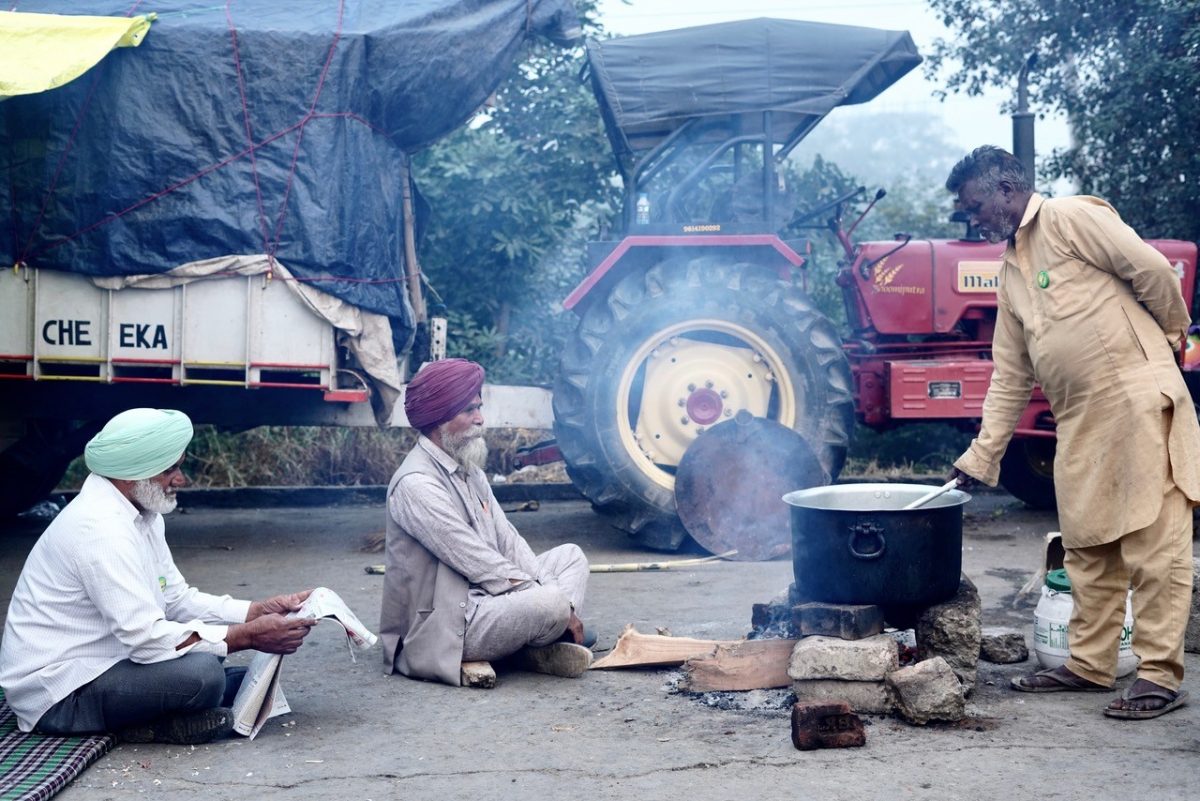
“I live in Punjab, in a village called Sukhpura Maur. When these protests started, I was at home and decided to join the group of farmers going to Delhi, with my camera and other equipment. I started documenting it from the beginning,” Dhaliwal said.
KU graduate in English Literature and Creative Writing, Dhaliwal got into photography whilst at Kingston where he met a student who introduced him to the art of photography.
“When I returned to India [after studies finished in 2016], I started photo-documenting the youth here. In Punjab, the northern state of India, most of the youth dream of settling abroad. Personally, I never developed that wish, so I wanted to know why they want to emigrate,” Dhaliwal said.
The project took Dhaliwal a year, but it helped him to get a weekly column at a local newspaper called the Punjabi Tribune. Whilst at the paper he wrote about artisans, jobs and crafts that are vanishing with time and the industrialization in India.
“That project was called Kirrt, a Punjabi word for toil. We also registered a Kirrt foundation in 2018 and started a publication house under it. We have published four books until now and until recently, I was working on the growth of the foundation by producing content on creative individuals of Punjab,” Dhaliwal said.
Let the government take their time
However, one night in November 2020 Dhaliwal made the decision to put the work for his foundation on hold and to leave Punjab and travel to the heart of the action at the farmers’ protests in Delhi.
“It took us two days to reach Delhi. In between, there is Haryana; it’s a state that is governed by Modi’s Party, BJP. They tried to stop us by blocking the roads with stones, water cannons and trucks full of sand, but farmers removed all the barricading done by the government and reached the capital.
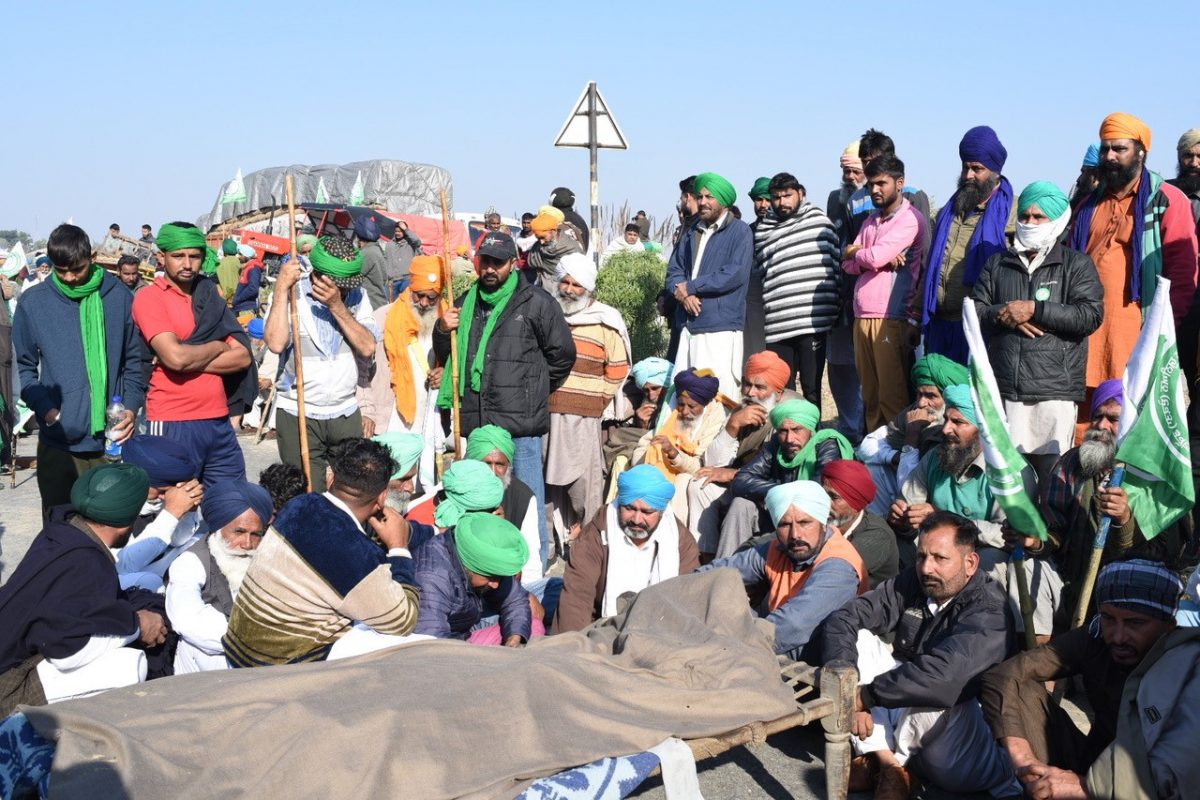
“All the farmers came out in support of Punjabi farmers and helped them remove all the obstacles, also provided them with free food, water and milk. It was amazing to experience this,” Dhaliwal said.
Dhaliwal’s aim, when he arrived at the protest site, was to show the peaceful aspect of the events – the protests cannot be compared to what has been happening in other countries at the same time.
“The peacefulness of the protest has been the most striking thing for me. When I was talking to people and photographing them, they kept saying two things: ‘we’ll do what our leaders tell us to do and we will wait, we have enough food to last us forever, let the government take their time.’
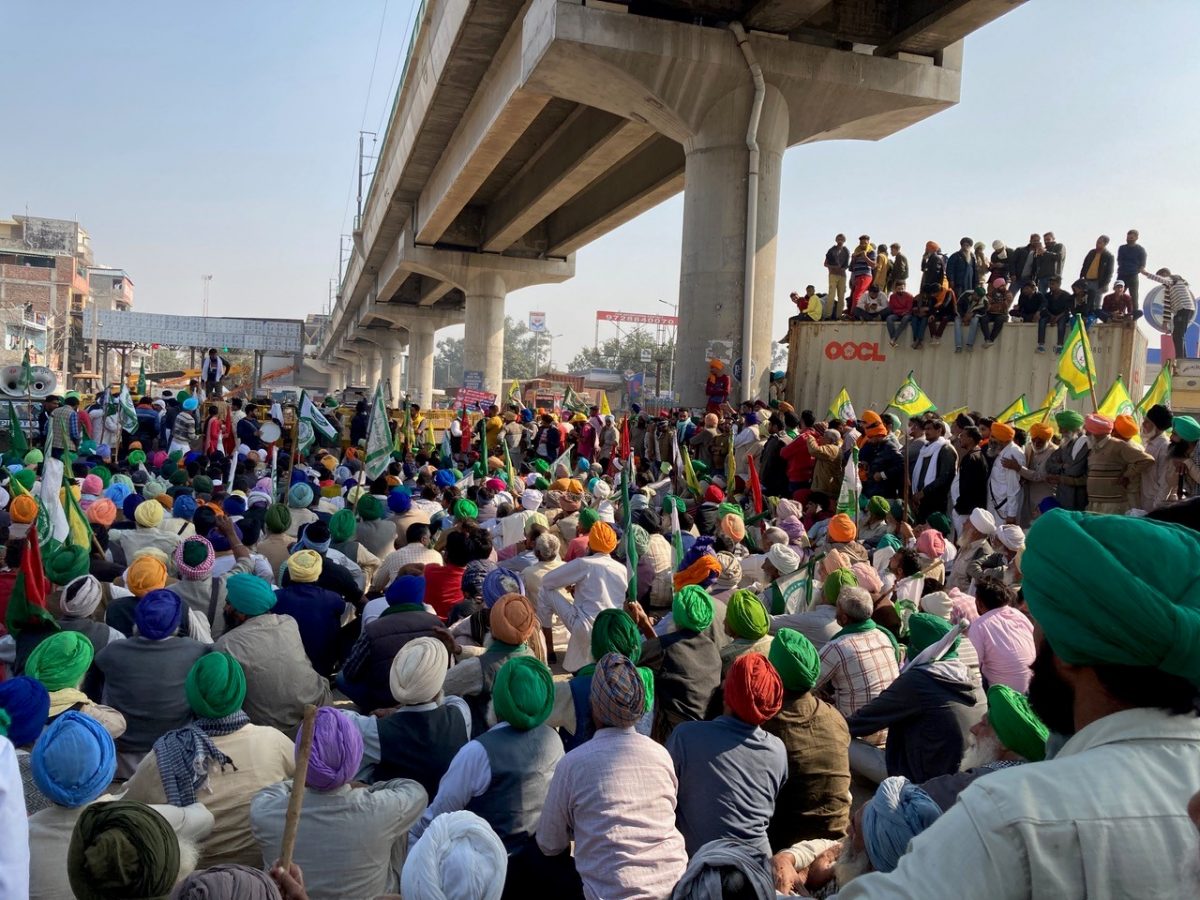
“The second striking thing is the participation of youth. It’s amazing to see them working seamlessly at the protest sites, trying to make it more organised every day,” Dhaliwal said.
The fastest-growing paper in India
After spending nearly 22 days at the protest site, Dhaliwal met a Punjabi screenwriter and a man who climbed onto a water cannon and turned it off during an incident between the protesters and police on the Punjab-Haryana border.
“We three came up with an idea that the protest site has become nearly 25 kilometres (15.5 miles) long, it should have its own newspaper called Trolley Times. We discussed it with other friends on the protest site and started working on it.
“After we released it, the response was overwhelming. All the major news channels covered it and Bloomberg called it ‘the fastest-growing newspaper of India’,” Dhaliwal said.
Through Trolley Times, Dhaliwal says his team is trying to bring out what this protest really stands for which is the peaceful fight the farmers have put up against the government.
“We are trying to show what national media is not showing and fight the hatred is spreading against whoever raises the voice against the government. We may carry on publishing it after the protest,” Dhaliwal said.
Overwhelming peacefulness
Dhaliwal says whatever the outcome may be, the protests have united people and made them realize the power they hold.
“The youth, which was always labelled as drug addicts, and bogus, has shown the intellect and resilience they have.
“I felt so proud while walking through the protest area. The BJP government has tried silencing all the minorities in this country but this time a minority has walked up to their face and has shown them what people are capable of if treated badly,” Dhaliwal said.
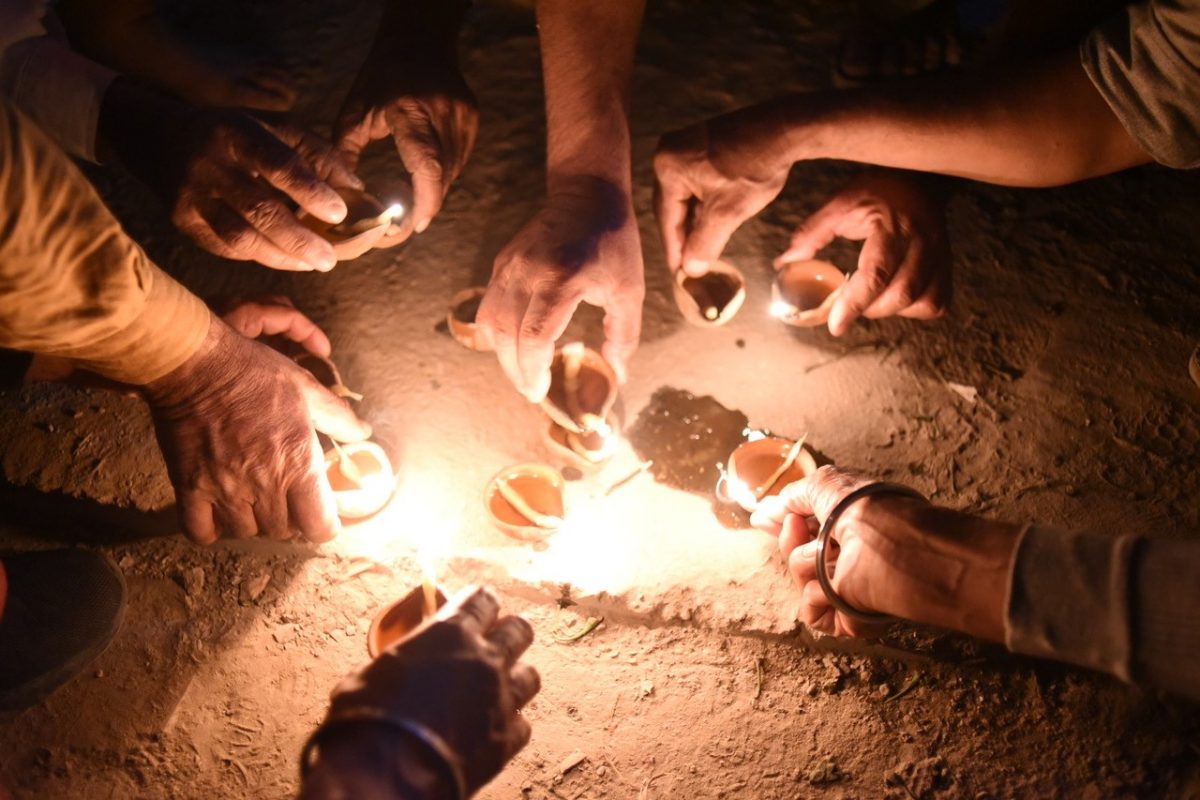
However, the KU graduate suggests that as a photographer, he needed to be careful at first, so that the local people did not perceive him as a journalist from the local news channels:
“People at this protest are very aware of what the media can do. As a photographer, I think, if they don’t associate with you or find you a bit alien from the way you talk to them or look at them, they start questioning.
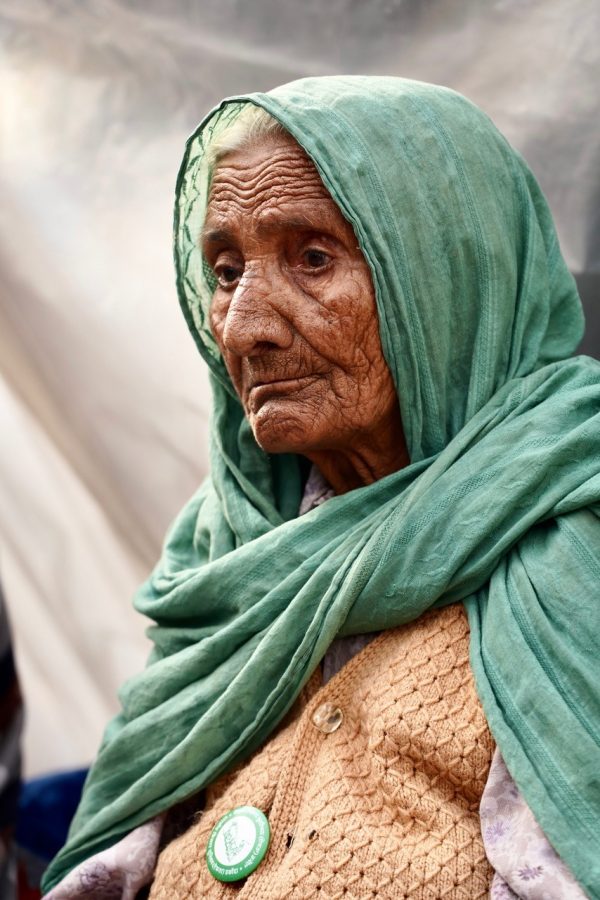
“They try to find out who you really are and who you work for. Protesters don’t give any interviews to the news channels they think are pets of the government.
“It’s very important to have a friendly and welcoming nature to walk around and take pictures. You’ll receive way more love than you can offer. Nobody stops you; everyone strikes a pose, they are happy to be photographed but just from the right person.
“As I was among the first ones to reach the protest site, people started following me as a source of information on what was going on, and how we were overcoming the obstacles to reach Delhi and I tried to do as best as I could. Then Trolley Times came out and the response just amazing.
“All we have to do now is maintain the quality of its content and keep safe the authenticity of its voice.”

